How to Fix Banner Blindness and Improve Your Ad Results
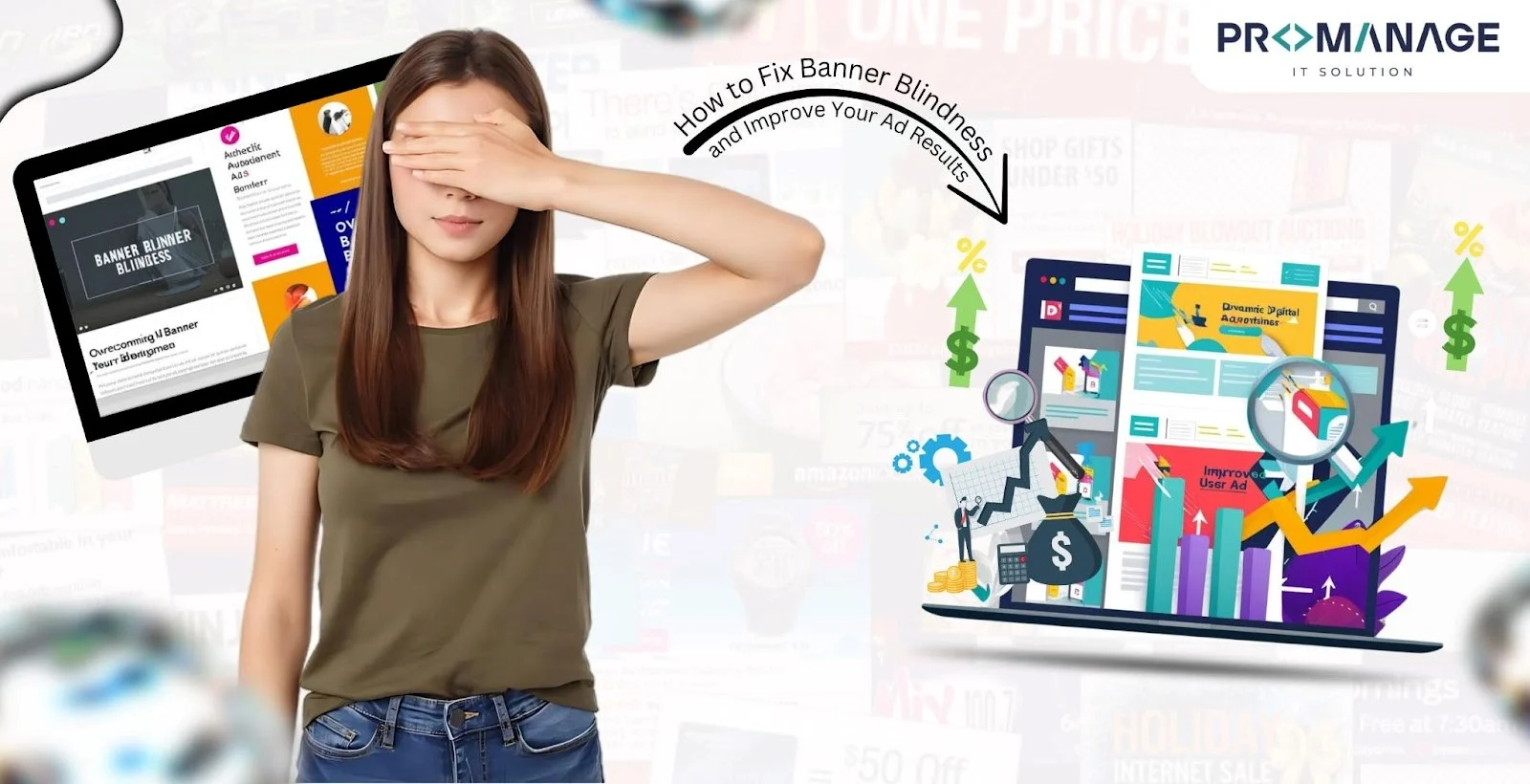
Have you ever been on a website and totally missed the ads on the page? Maybe you didn’t even notice them, or your brain just skipped over them automatically. That’s called banner blindness — and it’s a big problem for advertisers.
Banner blindness happens when people ignore display ads, especially those at the top or sides of a webpage. They either scroll past quickly or never look at those sections at all. As a result, advertisers spend money on ads that people don’t even see, let alone click.
In this blog, we’ll explain why banner blindness happens and share simple ways to fix it. If you run online ads or want better results from your ad budget, keep reading.
What Is Banner Blindness?
Banner blindness is when people visit a website and automatically ignore banner ads. These are the rectangular images or text ads usually found at the top, sides, or bottom of webpages.
It’s not that users are just uninterested — they often don’t even notice the ad is there. They’ve seen so many similar ads that their brain learns to skip over them.
Why It Matters
- Banner ads have an average click-through rate (CTR) of just 0.46%.
- According to a study, 86% of people don’t pay attention to banner ads.
- That means most display ads are being completely ignored.
Why Do People Ignore Banner Ads?
1. Same Old Placements
Most banner ads are shown in the same places — top of the page or in the sidebar. People know ads are placed there, so they automatically skip over those areas.
2. Too Repetitive
Many ads look the same and come from the same ad networks. Users often see the same ad on multiple sites, which leads to ad fatigue, where people are just tired of seeing it.
3. Not Relevant to the Viewer
If an ad doesn’t match what the person is looking for, they’ll just ignore it. Most banner ads use broad targeting and generic content, making them easy to skip.
Why Solving Banner Blindness Matters
Fixing this issue can give your ads a second life. Here’s what can happen when people start noticing your ads again:
- More Clicks: Better visibility means more clicks.
- Stronger Brand Image: Relevant ads improve how people see your brand.
- Better Return on Ad Spend (ROAS): You get more value for your money.
How to Fix Banner Blindness: Easy Tips
Let’s look at practical ways to make your ads stand out and get results.
1. Place Ads in New Spots
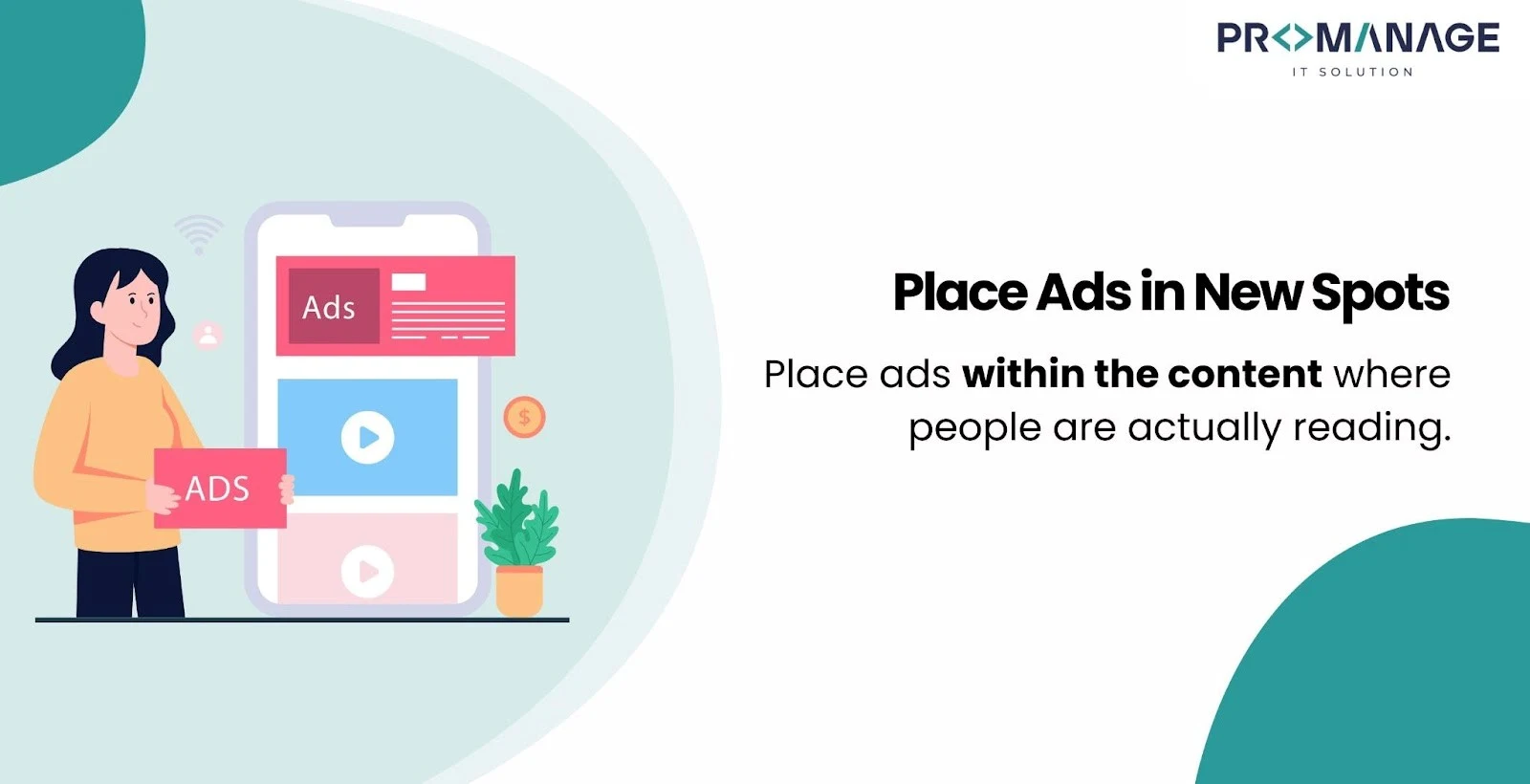
Don’t just stick to the top or side of the page. Place ads within the content where people are actually reading.
Example: A tech blog talking about antivirus software could show a Bitdefender ad right after a paragraph explaining online threats.
2. Use Fewer Ads
Having too many ads on a page can annoy visitors and ruin their experience.
- Especially on mobile, ads can take up the whole screen.
- Choose websites that care about the user experience.
- Work directly with publishers to control ad placement.
3. Try Native Ads
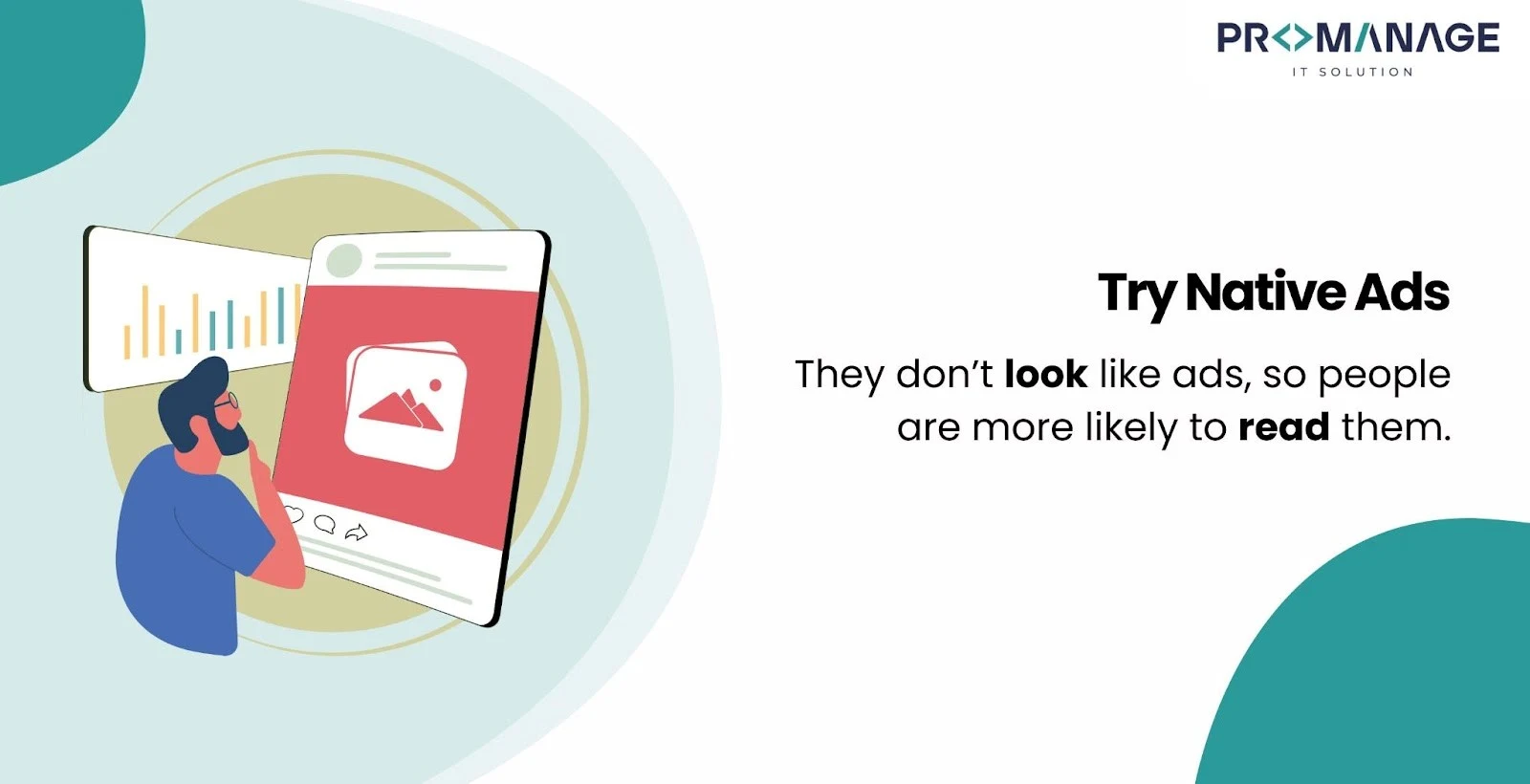
Native ads blend into the website’s content. They don’t look like ads, so people are more likely to read them.
Examples:
- A sponsored “tip” inside an article.
- A product suggestion at the end of a blog post.
Just make sure to clearly label it as “Sponsored” or “Ad” for honesty and trust.
4. Improve Your Ad Designs
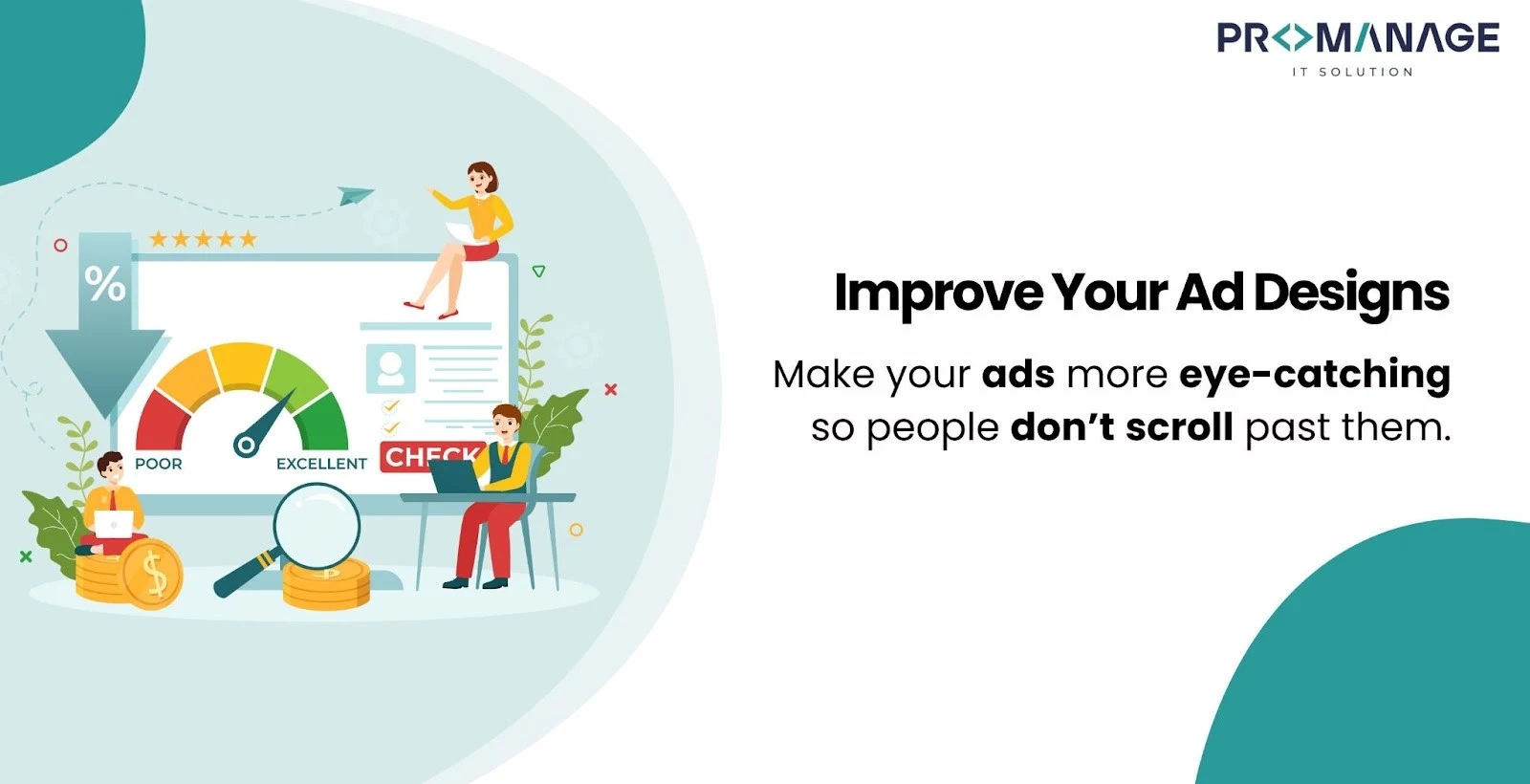
Make your ads more eye-catching so people don’t scroll past them.
- Use bright colors, bold fonts, and simple layouts.
- Add movement like short videos or animations.
- Test multiple versions to see what works best.
5. Use Video Ads (Pre-Roll)
These are short ads that play before a video. If the person wants to watch the video, they’ll see your ad first.
Example: A makeup brand running a 15-second ad before a cooking video on a recipe blog.
You can easily do this with YouTube ads or other video platforms.
6. Make Ads Interactive
Let people do something with your ad instead of just seeing it.
- Let users scroll through a product list.
- Add animations that move as the user scrolls.
- Create quizzes or polls inside the ad.
This keeps people engaged and curious.
7. Make Ads Relevant
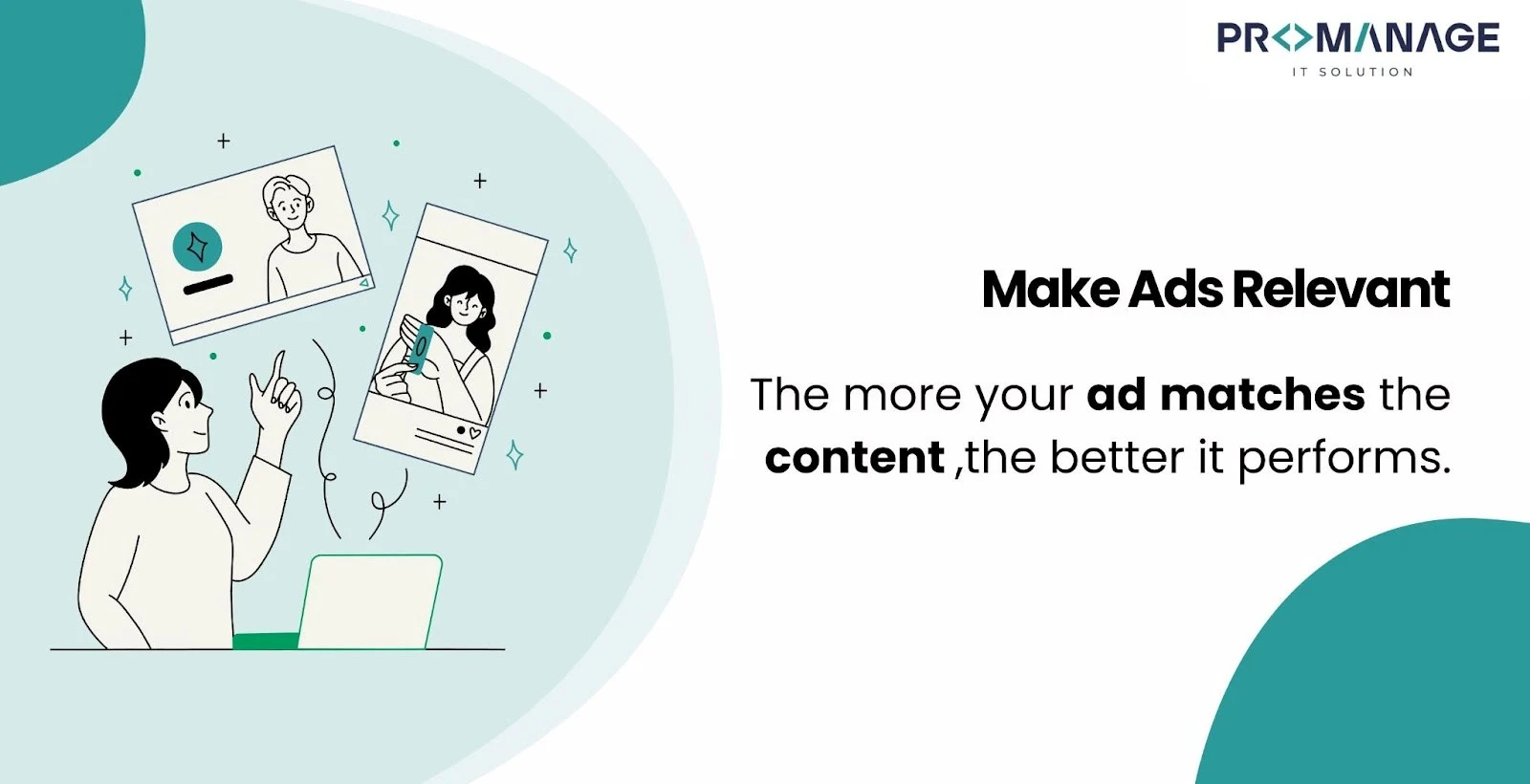
The more your ad matches the content or the visitor’s interests, the better it performs.
| Website Type | Best Matching Ad Example |
| Food Blog | Ad for a recipe app or tool |
| Fitness Website | Ad for workout gear or protein shakes |
| Travel Blog | Ad for travel insurance |
| Tech Blog | Ad for software or gadgets |
You can also personalize ads by location, like using the name of a city or region in the ad.
8. Use Clear Headlines and CTAs
The design gets their attention. The words get the click.
- Use simple, benefit-driven headlines.
- Focus on what the audience cares about.
- Don’t just say: “Click here now.”
- Instead, say: “Get 30g of protein in every meal” or “Never wait in line for meds again.”
9. Target the Right People (and Don’t Overdo It)
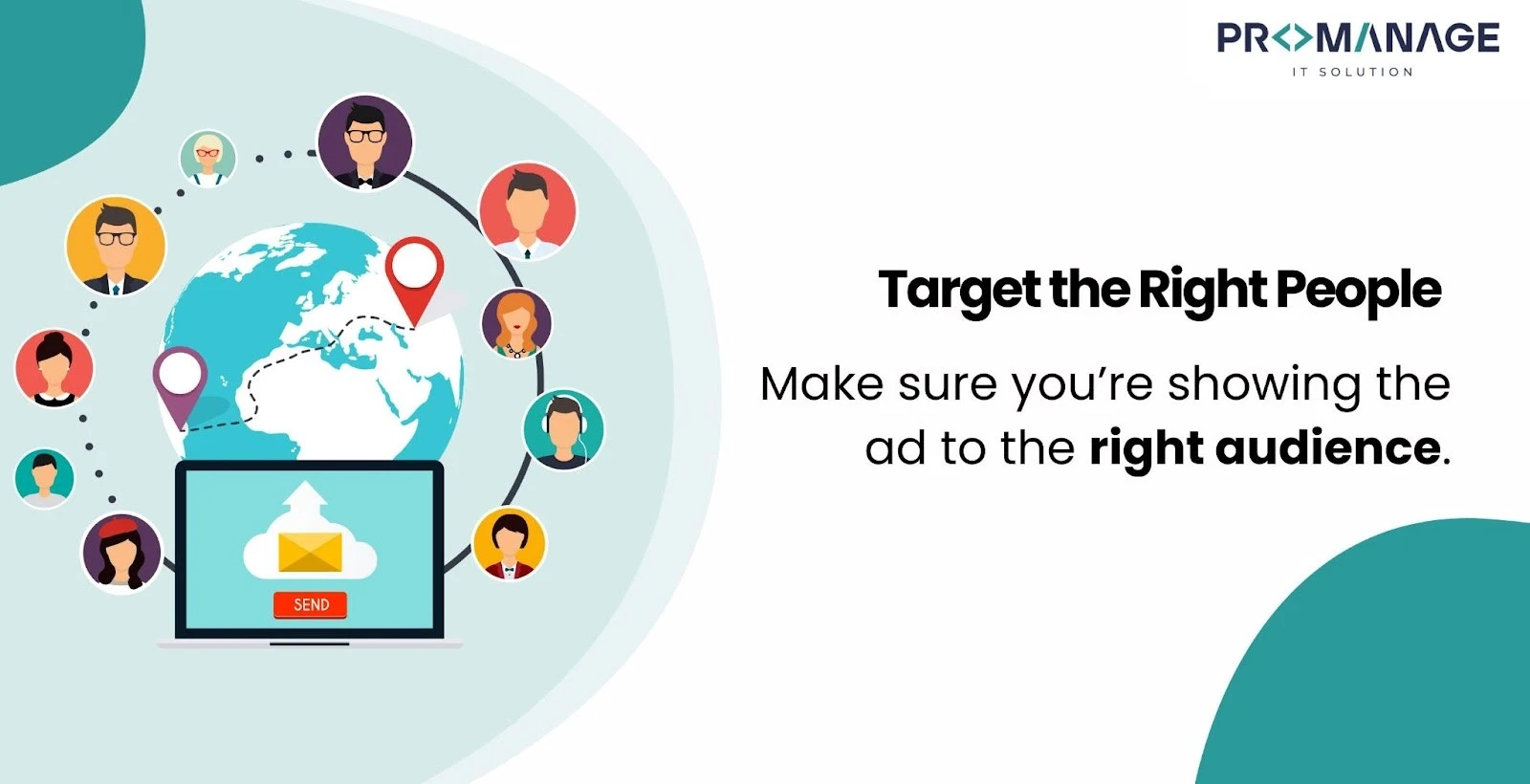
Make sure you’re showing the ad to the right audience.
- Use tools to target by interests, keywords, or video topics.
- Watch your ad data to learn what works.
- Avoid showing the same ad too many times — set a frequency cap.
Quick Table: Fixing Banner Blindness at a Glance
| What to Do | Why It Works |
| New ad placements | Catches the eye where people are reading |
| Show fewer ads | Creates a better user experience |
| Use native ads | Feels like natural content |
| Better ad design | Stops the scroll |
| Add video or animation | Grabs attention quickly |
| Make ads interactive | Keeps people engaged |
| Match ads to content | Makes ads feel useful |
| Use better headlines/CTAs | Improves click-through rates |
| Target smarter | Reaches the right people at the right time |
Conclusion
Banner blindness might seem like the death of online display ads, but it doesn’t have to be. If you’re willing to try new formats, improve your designs, and focus on your audience, you can turn banner ads into powerful tools again.
By making small changes like placing ads in better spots, writing stronger headlines, and using native or video formats, you can stand out in a sea of ads. The result? More clicks, more customers, and better value for your ad budget.


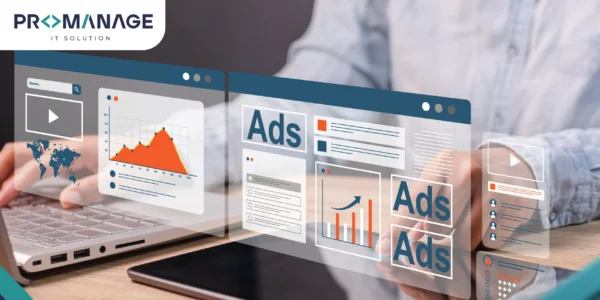


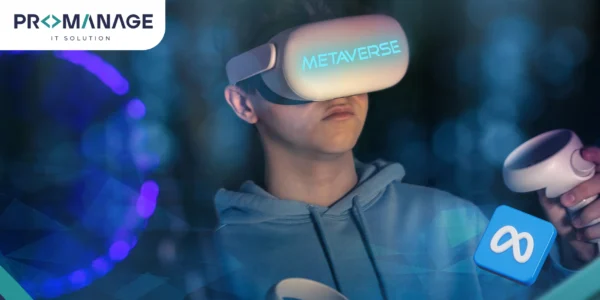


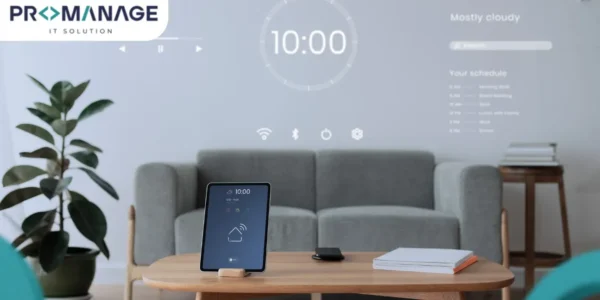

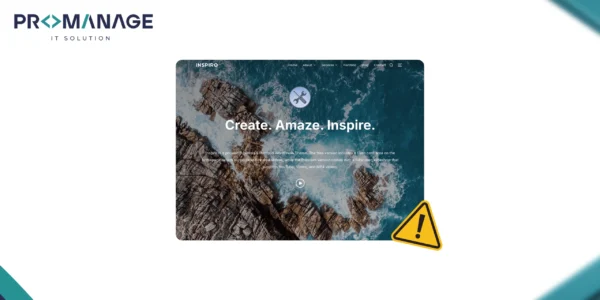


SEO Team Lead
Preeti is a skilled SEO Team Lead passionate about boosting organic traffic and improving search rankings. She leads with data-driven strategies to help businesses grow online effectively.